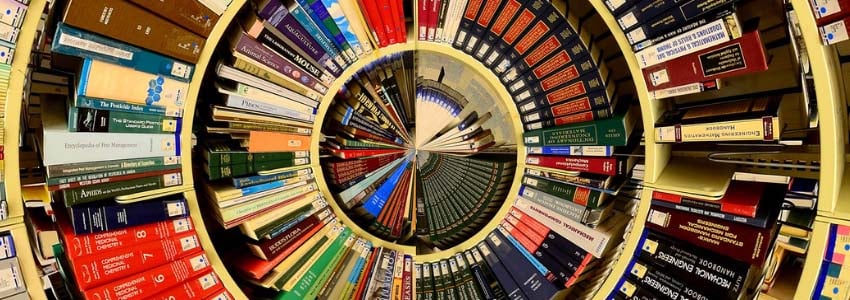Federal and Private Loans Provide Options to Get Over the Financial Hump

Congratulations! A number of choice colleges have admitted you. You've worked your tail off in summer and part-time jobs, trimmed your spending on the social scene, cajoled all of the financial commitment you could out of Mom and Dad, and targeted those savings bonds that Grandma bought for you when you were born. You even picked up a few scholarships along the way so that you could afford higher education.
But you're coming up short - way short. You're in the same boat most high-school graduates are. Welcome to the world of college loans.
Now that you've resigned yourself to the necessity to borrow in order to achieve your college dreams, you've got two basic options. These options are obtaining a federal student loan from the federal government, or applying for private student loans from a lender such as a bank, credit union, state agency, state-affiliated agency, or a school - or both.
Understanding Your Student Loan Options
There are important differences between these two basic means of funding. Federal student loans are made by the government, with terms and conditions that are set by law. Over the years, legislatures have made them borrower-friendly for political reasons. As a result, the many benefits of federal student loans include fixed interest rates and income-driven repayment plans, which aren't typically offered by private loans.
There are a few different federal loan programs, including Direct Subsidized Loans and Direct Unsubsidized Loans. There is also a program called Direct PLUS loans for parents who want to be responsible for loans they take out to benefit their children who are students.
In contrast, private loans are made by a wide variety of private organizations, and lenders set the terms and conditions - which means, among other things, that they vary widely.
What Makes Private Student Loans Different?
Private student loans generally are more expensive than federal student loans. Among other major differences, payments on federal loans aren't due until after you graduate, leave school, or change your enrollment status to less than half-time, while many private student loans require payments while you are still in school.
Also, while the government pays interest on subsidized loans while you're in school at least half-time, private students loans often are not subsidized, so you'll be responsible for all of the interest on your loan.
Most federal student loans don't require a credit check, but many private loans require an established credit record or a co-signer.
One private-loan program is NC Assist. The NC Student Assist Loan is an education loan that helps bridge the gap between the cost of attendance and other financial aid. The loan is available to students who are North Carolina residents and to students who reside outside the state but are attending an eligible, non-profit Title IV institution in North Carolina.
Find out more about private student loans and NC Assist at http://ncassist.cfnc.org.